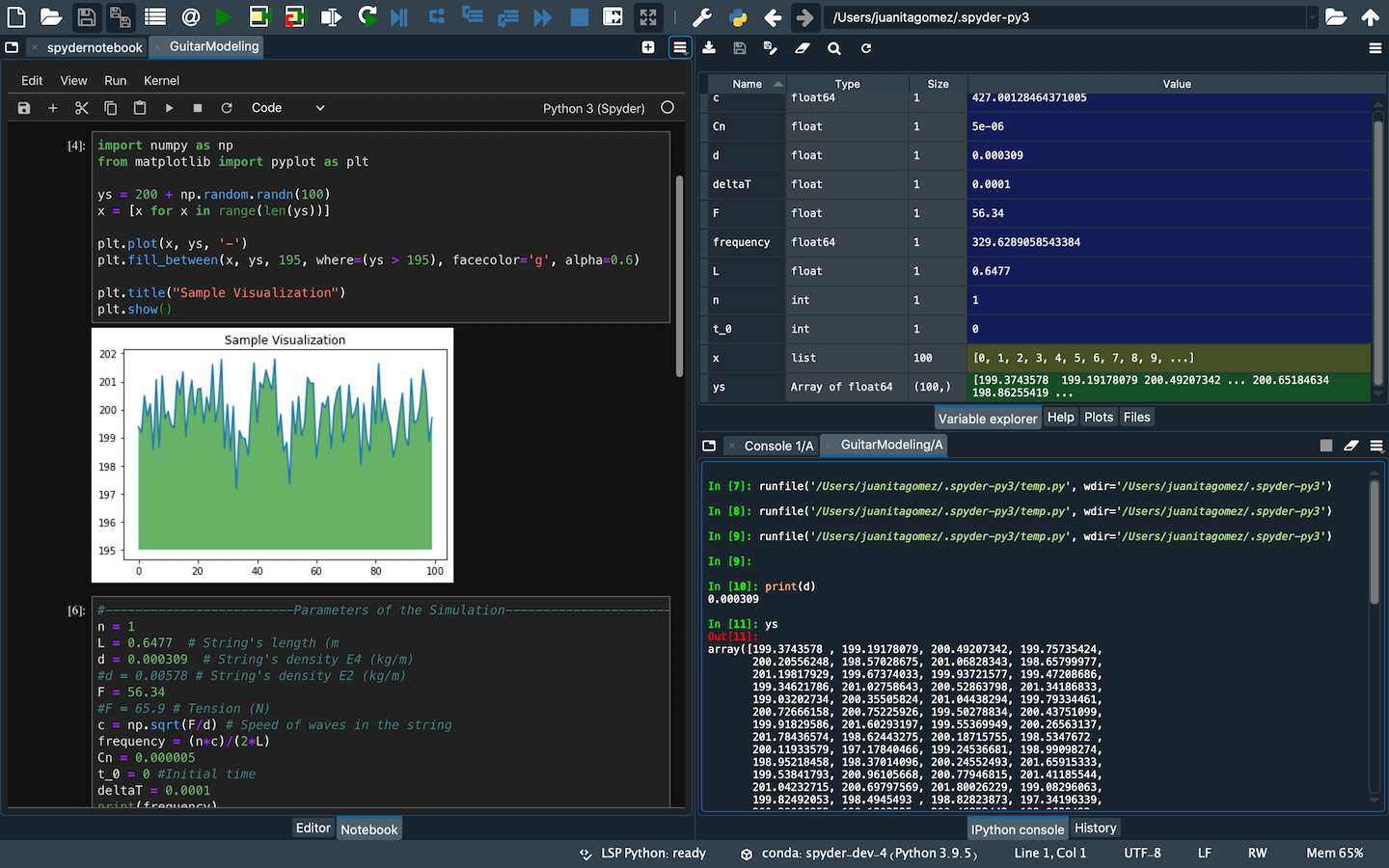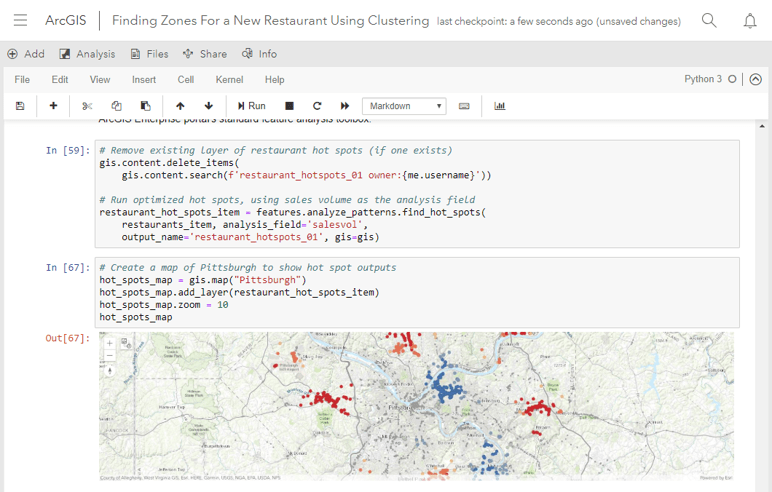

- Jupyter notebook online server full#
- Jupyter notebook online server code#
- Jupyter notebook online server download#
Write Python code using Spark compute from the cluster. Write SQL Code targeted at your relational database. You can submit Python, Scala, and R code using the Spark compute of the cluster. If you're connected to SQL Server 2019 big data cluster, the default Attach to is the end point of the cluster.
Jupyter notebook online server download#
If you're a PostgreSQL developer and want to connect the notebooks to your PostgreSQL Server, then download the PostgreSQL extension in the Azure Data Studio extension Marketplace and connect to the PostgreSQL server. SQL Kernel can also be used to connect to PostgreSQL server instances. If you're using Python3 Kernel you attach to localhost and you can use this kernel for your local Python development. For example, if you're using SQL Kernel, then you can attach to any of your SQL Server instances. For example, when connected to the SQL Server kernel, you can enter and run T-SQL statements in a notebook code cell.Īttach to provides the context for the kernel.

Each kernel supports a different language in the code cells of your notebook. Open the command palette ( Ctrl+Shift+P), type "new notebook", and select the New Notebook command.Īzure Data Studio notebooks support a number of different kernels, including SQL Server, Python, PySpark, and others. Right-click a SQL Server connection and select New Notebook. Go to the File Menu in Azure Data Studio and select New Notebook. In each case, a new file named Notebook-1.ipynb opens. Put the token the Remote Computer returned to you in the earlier step.There are multiple ways to create a new notebook. The browser will probably ask you for a token. On your local computer, navigate to localhost:8888. N specifies not to execute a remote command. The socket then listens to the specified bind address. To be specific, it specifies that the connections for the socket on the local host are to be forwarded to the remote host. ssh - N - L localhost : 8888 : localhost : 8887 the local_address:port1 to a remote_address:port2. Start an SSH Tunnel, and connect it to the Jupyter notebook you just started on the server. If you get one, store this somewhere for later. Jupyter generally returns to you a token with the URL for your browser for the first time you login to it. I’ve changed the port to 8887 just to make it easier to explain the next step. $ jupyter notebook - no - browser - port = 8887 Open a Jupyter Notebook using the no-browser option (since we don’t need the browser just yet) on the Terminal. I found myself wishing that Jupyter on my local machine could run a kernel on my server. And while executing them in Shell has it’s pros, it was annoying when I had to make minor multiline edits earlier on in the code, because re-executing everything from scratch takes me as long as 2-3 hrs for my current project. However, recently I found myself trying to run a lot of Python scripts via SSH on a remote server.

Jupyter notebook online server full#
In this, you can have human friendly text, mathematical equations (with full LaTeX support), images or diagrams, punctuated by cells with code blocks in them. There are a lot of example notebooks available online that can be found easily, with their subjects ranging from Computer Vision, to Machine Learning, to LIGO’s dataset, and more. However, to give you a broad picture, Jupyter uses the Literate Programming style pioneered by Stanford’s Donald Kunth. I’m not going to get into the details of what Jupyter is, and why you should consider using it. And since then, I’ve been addicted to them for any Python coding I do, so much that I’m considering recreating this entire blog in Jupyter instead of WordPress. My roommate, Monica, introduced me to Jupyter Notebooks last year.


 0 kommentar(er)
0 kommentar(er)
